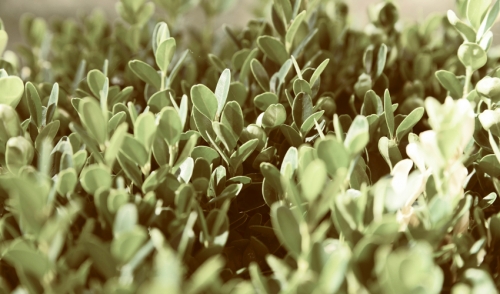
Shear Madness
Graceful fountainlike or upright flowering shrubs (such as flowering quince, forsythia, and lilac) look best when they’re gently shaped...not tortured into shapes that a French poodle might envy. A more reasonable objective is to enhance a plant’s natural form and maintain the health of the shrub by pruning. (If you must have geometry in your garden, save the pompoms, cubes, pyramids, or other hard-edged sheared shapes for yews, boxwood, and other evergreens.)
Prune spring-flowering shrubs immediately after blooming by thinning out up to about a third of the stems. Timing is important because if you wait too long after flowering to prune, you’ll cut off developing flower buds. (Prune shrubs that flower on new wood, such as abelia, oak leaf hydrangea, and rose of Sharon before buds break in late winter or earliest spring.)
Starting at the center of the plant, remove all stems that are dead, damaged, diseased, and non-productive. The idea here is to open up the plant to allow air and light to reach the inside stems. Next fine-tune the shape by pruning badly placed stems or those that cross and rub. Prune to healthy outward-facing stem or buds to encourage an open shape.
Maintain the symmetry of a sheared hedge by pruning at least twice a year, starting after the last frost. Use hedge shears (hand, electric, or gas-powered) to remove the bright green, new growth and keep the hedge within bounds before it gets too large.

